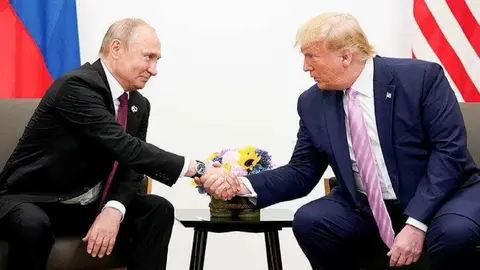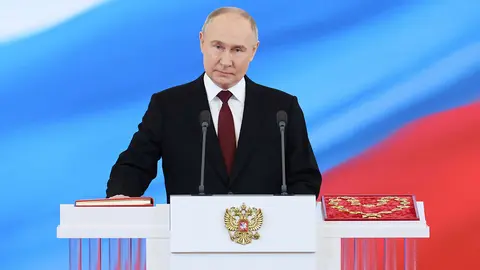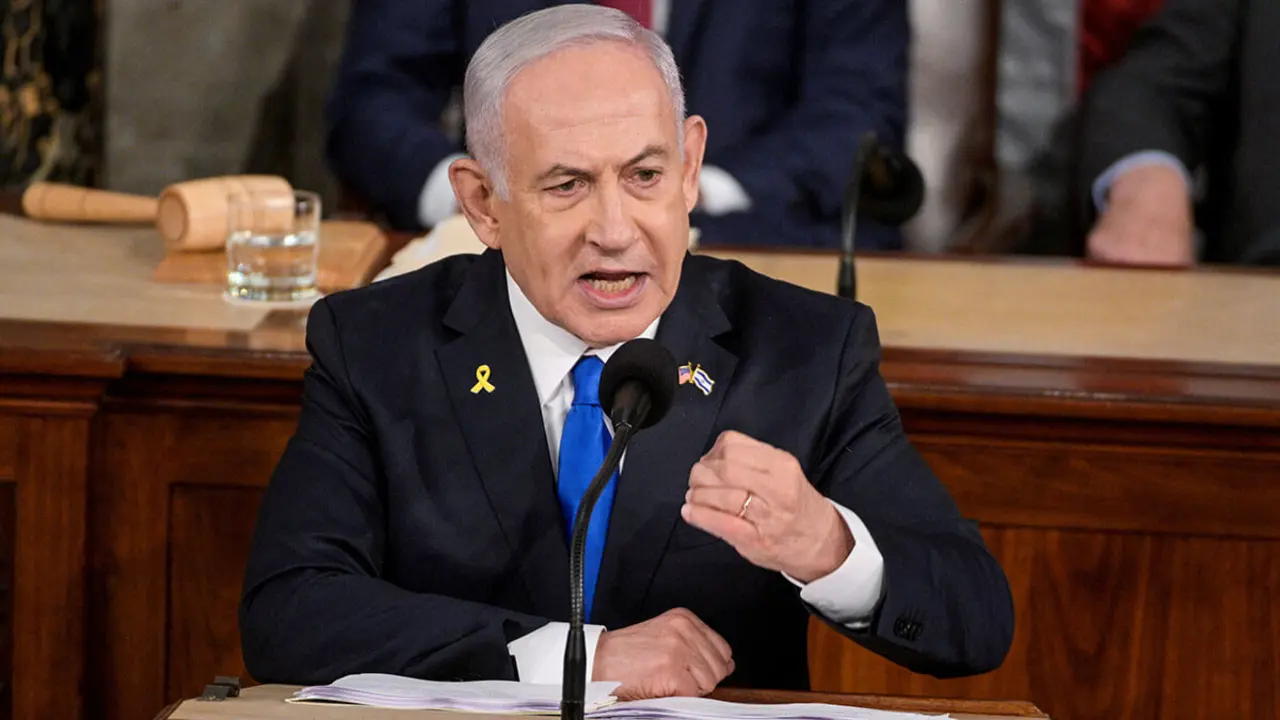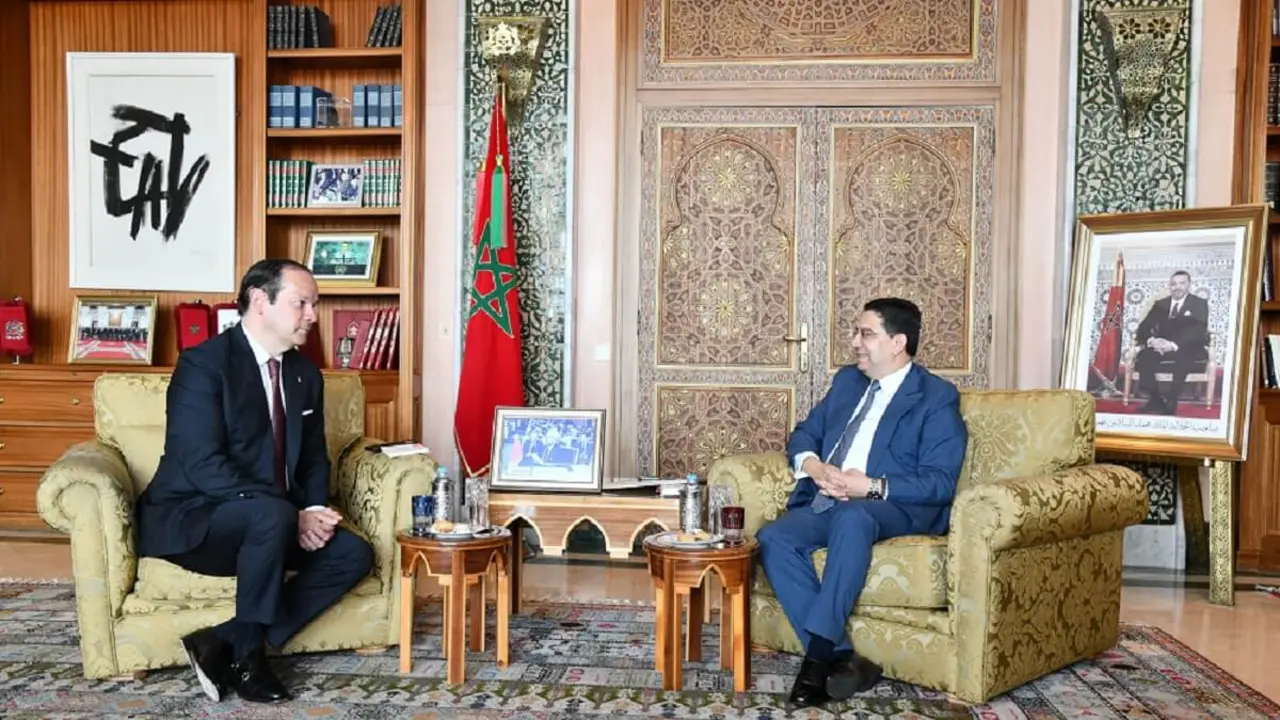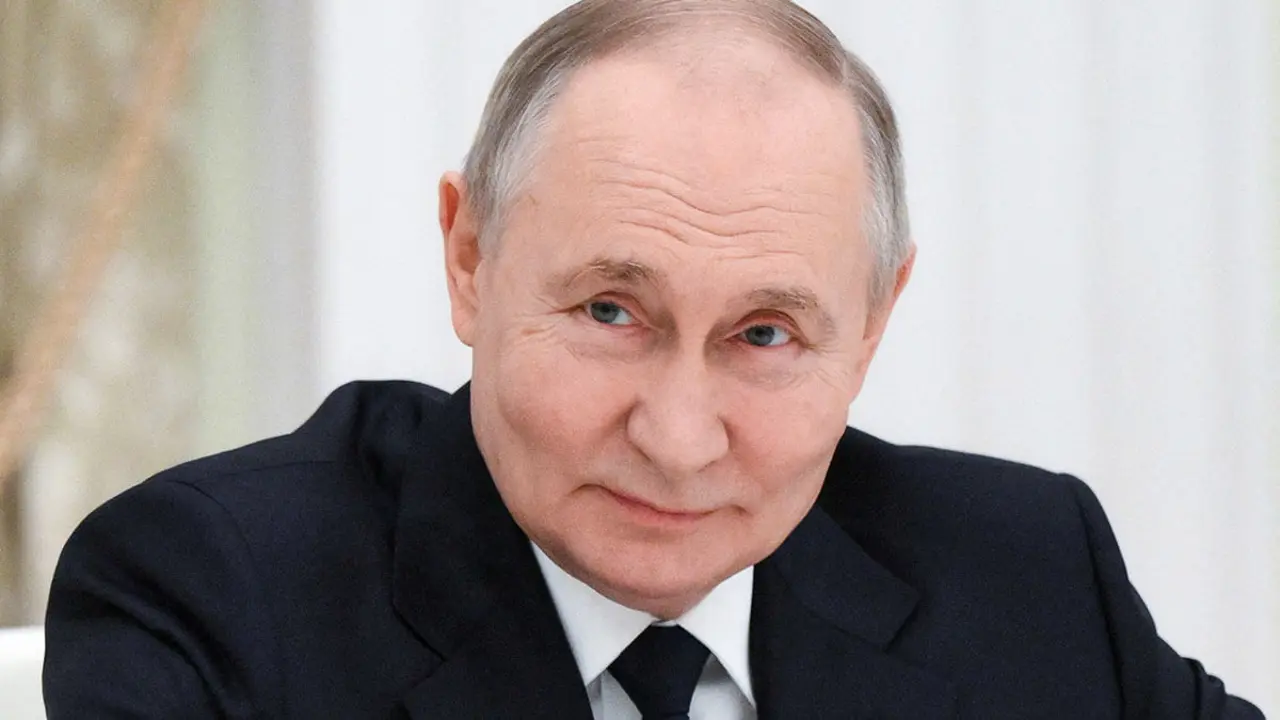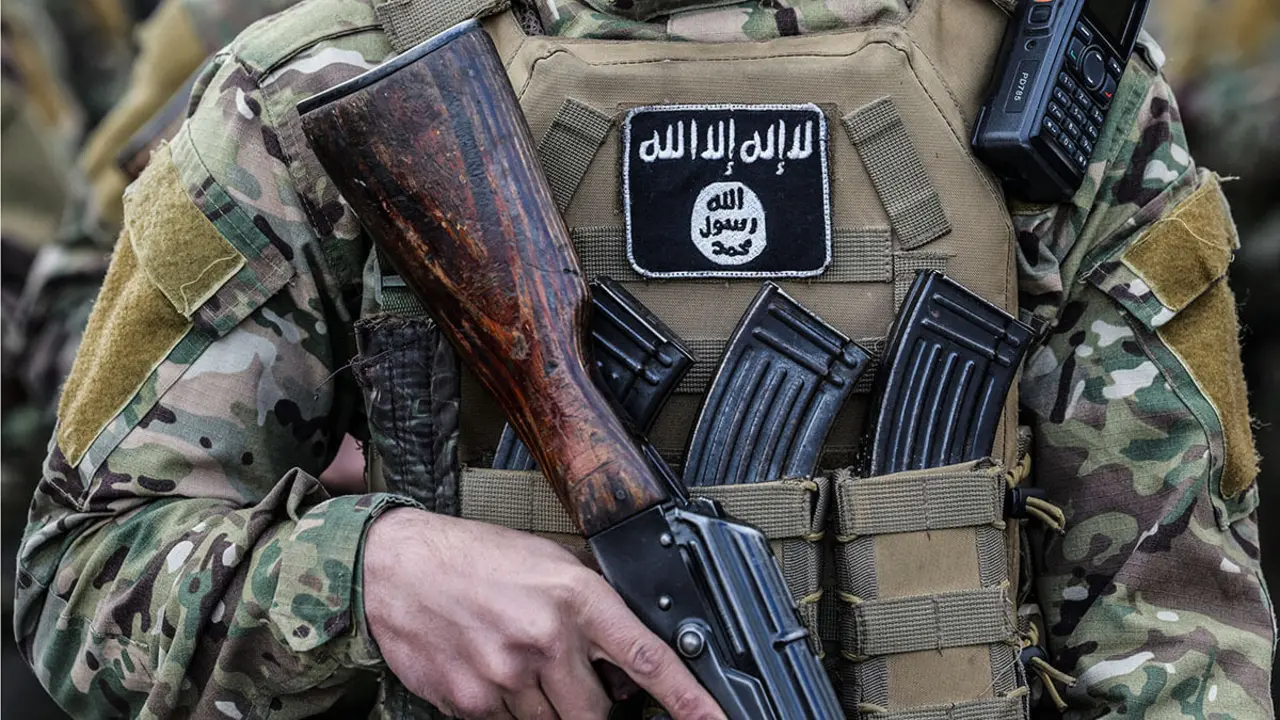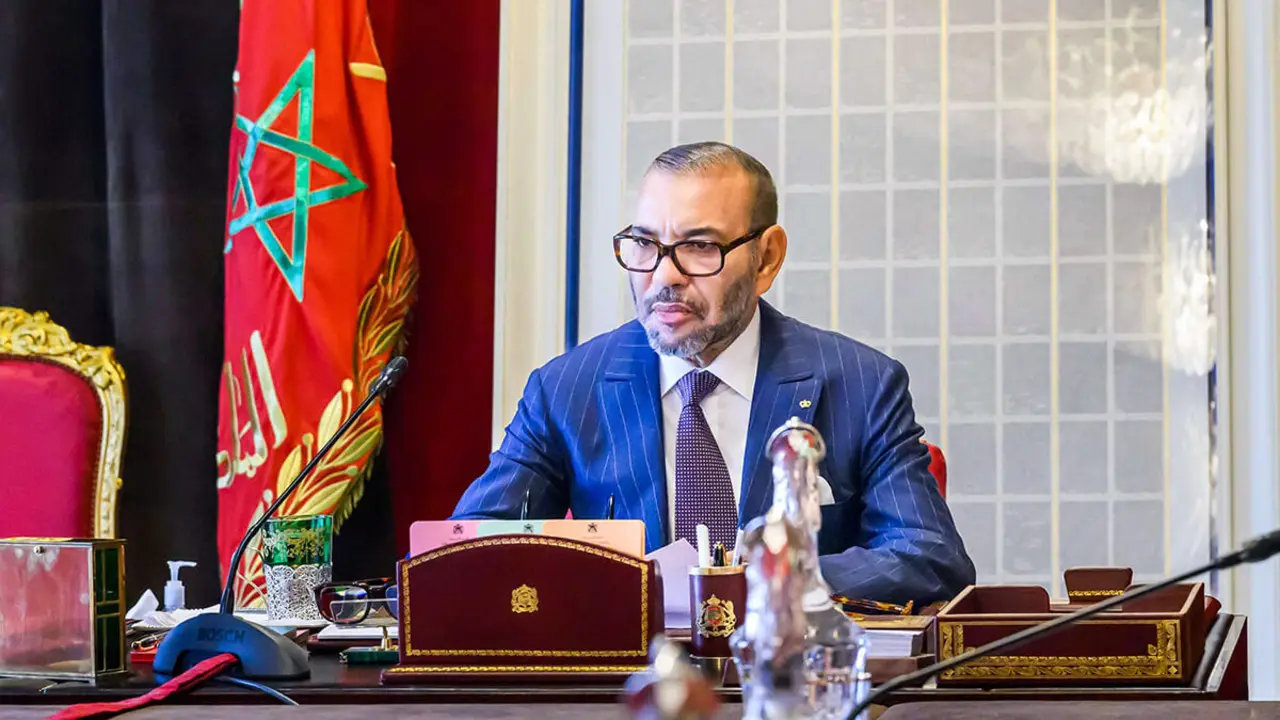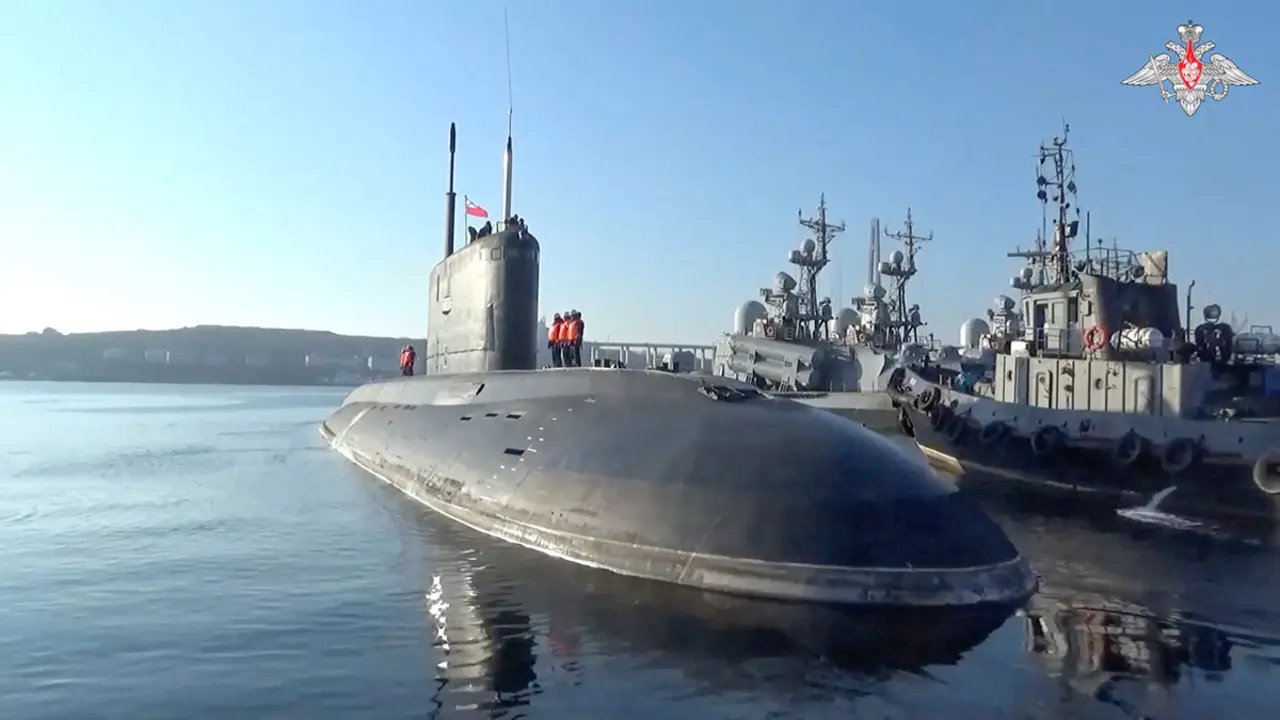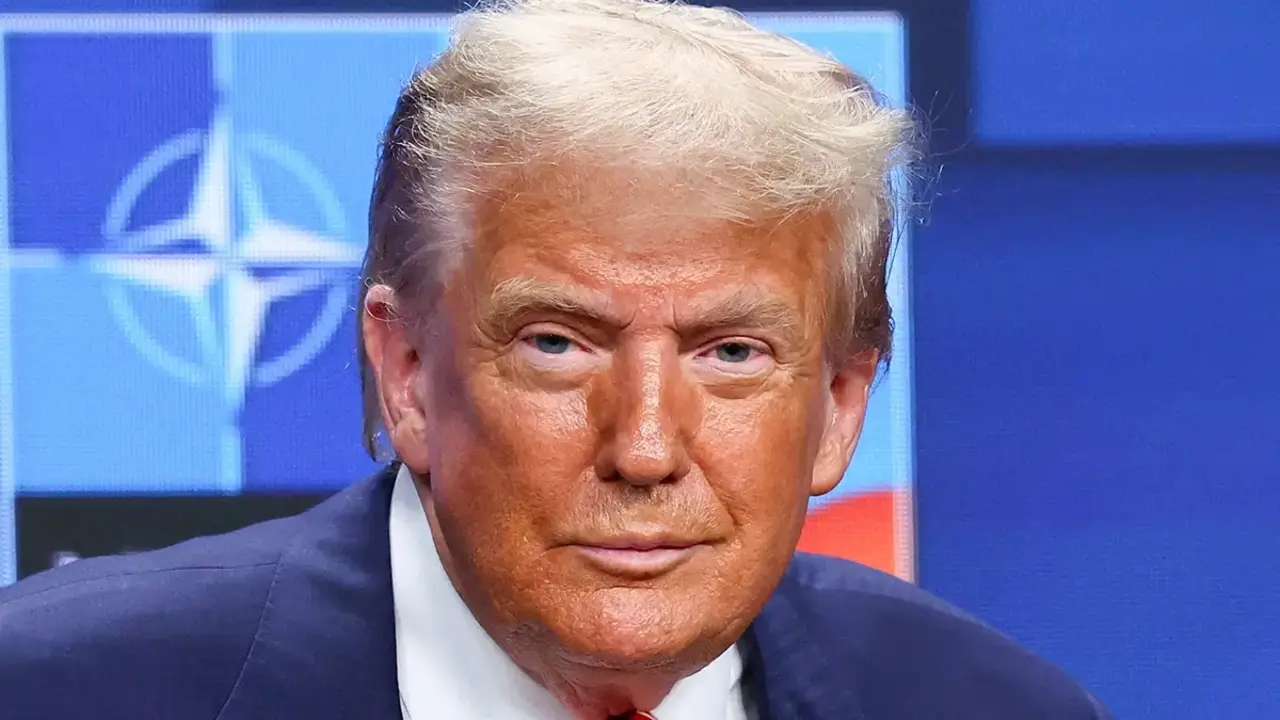Zelenski hopes for a fair solution for Ukraine
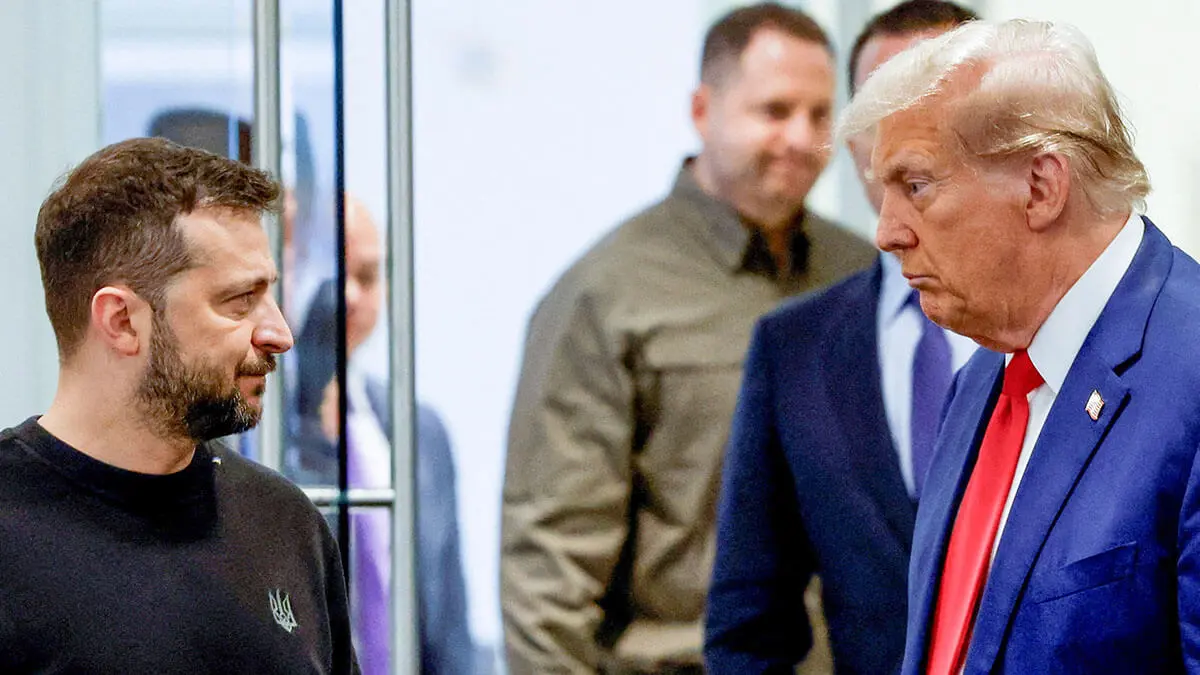
On the programme ‘De cara al mundo’ on Onda Madrid, reporter and journalist María Senovilla, a contributor to Atalayar, analysed the options of a negotiation with Putin as the date of Donald Trump's inauguration approaches.
She also analysed the massacre in Zaporiyia that has left thirteen dead and more than eighty injured.
Putin seems to be willing to meet with a Donald Trump, who has already leaked that he is preparing such a meeting with the Russian president.
That's right, there are seven days to go before Donald Trump takes office as US president. Both Russian and Ukrainian spokesmen have publicly revealed that they are willing to meet with the US leader and might be willing to sit at the negotiating table. However, both the Ukrainians and the Russians have previously asked for a bilateral meeting with Donald Trump to discuss the negotiations at the negotiating table, which would discuss ending the war.
No estimated dates have been given, but what Zelenski has assured is that he hopes to see Trump as soon as he takes office in Washington, to talk about the security guarantees that Kiev needs, how to join Europe, a fair solution for Ukraine and, only afterwards, with these solid security guarantees, to be able to negotiate with Putin at a table. The Kremlin points out that Putin would not be against meeting with Trump, but that no security conditions are required, as Zelenski is asking for, in order to sit down and open the negotiating table.
The spokesman for the Russian presidency, Dmitri Peskov, has been in charge of the press conference to discuss the matter. In it, he clarified that no progress can be expected until after 20 January, when Trump takes office in the White House, and that they remain firm on the condition that Ukraine renounces NATO membership and accepts the loss of all occupied territories. So it doesn't look like these possible negotiations are going to be easy or quick at all.

There is another political meeting, Maria, a meeting of the Ukrainian Defence Contact Group, the so-called Ramstein Group.
That's right, they have met at the request of the US Secretary of Defence, Joe Austin, where the Spanish Minister of Defence, Margarita Robles, has also attended. Volodymyr Zelensky opened the XXV meeting of the Ramstein Group, where he thanked the countries for their support in sending military equipment and training Ukrainian troops in these almost three years of war.
He took advantage of the meeting to inform the attending ministers about the evolution of the war, which has not stopped despite the winter and which, Zelenski said, has been aggravated by the participation of troops from third countries, alluding to North Korean fighters. He added that the fighting continues to be centred in eastern Ukraine and in the Russian region of Kursk, but the Ukrainian president wanted to point out at this meeting that Russia continues to attack civilian infrastructure in any city in the country, whether they are far from or near the front line, which constitutes a war crime that it continues to commit, we insist, on a daily basis.
The Spanish Minister Robles, for her part, took the opportunity to talk about the training of Ukrainian combatants on European soil and reminded us that the European Mission for the Training of Ukrainian Combatants has decided to extend the duration of the courses that these soldiers receive in places such as, for example, the Toledo Training Centre, where they are now in their fifth rotation of Ukrainian combatants who are being trained in combat tactics, combat medicine and in the use of the weapons systems that European countries continue to send to Ukraine, and that, despite the talk of negotiations, they are not going to stop sending them.
They reiterated all support for Ukraine as long as the war is still going on, and it is implied that these shipments of material and these formations of combatants will continue until a ceasefire is decreed at these supposed negotiating tables.

On the other hand, we are talking about a new massacre in Zaporiyia and massive shelling of civilians continues in other cities.
That's right, another day. The attack left 13 dead and more than 80 wounded in the city of Zaporiyia. It took place last week in one of the city's largest industrial zones. The attack took place at around four o'clock in the afternoon, when workers were changing shifts. It was a perfectly planned massacre in a place where there was no military target.
This time the Kremlin used the dreaded glide bombs, which are becoming more lethal here in Ukraine every day, against cities and civilians, hitting four buildings in this industrial complex and also a residential area nearby and even a tram and a public transport bus.
Eyewitnesses said that people were lying on the ground everywhere, with wounds on their legs, on their heads. The rescue operation was very complicated because of the extent and magnitude of the bombing, and traffic was cut off until the next day, when most of the debris could be removed.
Along with Zaporiyia, there have been attacks on more Ukrainian towns in recent days. Recently, Putin launched his suicide drones against the civilian population of Kiev. One such detonation was heard here at around two o'clock in the morning. It was a Shahed drone that hit a residential building, caused a fire, injured people, and no deaths, because the Ukrainian anti-aircraft defence managed to neutralise most of these attack drones.
It should be remembered that, although they are unmanned vehicles, they are small aircraft armed with 50 kilos of explosive and capable of blowing a hole in any building they hit. And it was precisely the work of the air defences and the need to reinforce the Ukrainian air defence shield that was discussed in Kiev when the Italian Prime Minister, Giorgia Meloni, came to visit Zelenski. A visit in which they discussed reconstruction and where the two leaders were on very good terms.


